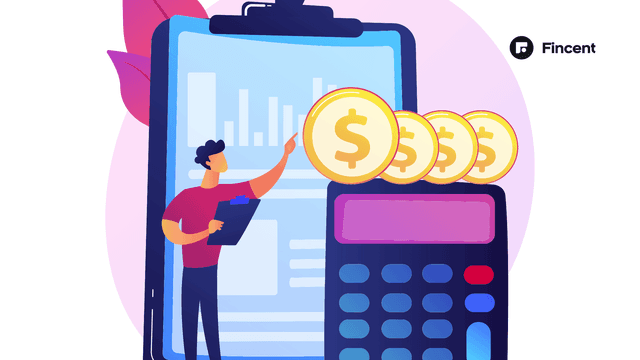- Glossary
- Tax and Price Index (TPI)
Tax and Price Index
The Tax and Price Index (TPI) calculates the percentage increase in consumer income necessary to preserve a given level of buying power. The tax and price index (TPI) accounts for changes in direct taxes that lower a consumer's disposable income as well as changes in retail prices brought on by inflation. In the United Kingdom, this index is utilized.
The TPI metric was initially developed under the Thatcher government. In addition to the Retail Prices Index (RPI) and RPI(X), this adds TPI as a third metric to assess taxpayers' capacity to maintain their quality of life.
Understanding Tax and Price Index (TPI)
Compared to the Retail Prices Index, the Tax and Price Index considers more variables. The RPI simply considers changes in retail prices, whereas the TPI additionally considers other variables that have an impact on disposable income, such as taxes.
Consumer income must rise more than retail prices alone in order for direct taxes and retail prices to increase. The RPI exhibits a bigger increase than the TPI when direct taxes, such as income taxes, are declining and retail goods prices are rising.
Important methods for influencing fiscal policy and labor rules include metrics like the TPI. Let's say that the annual wage of the average salaried worker in a nation is $60,000. When the person starts their employment, this money enables them to live comfortably and buy a home.
However, that $60,000 will not go as far 20 years from now if the same employee stays at the same position and earns the same exact wage. This is a result of rising taxes and inflation.
How Tax and Price Index (TPI) Works
Let's say John Doe has $50,000 available to him this year. If taxes and inflation both rise by 2% the next year, John's $50,000 will have a much lower purchasing power. His $50,000 would have to rise by 7% to keep up. Similar to this, the tax and price index calculates, in more complex and precise terms, the amount that would need to be added to consumer incomes in order to maintain the same level of purchasing power. The calculation of the measure is based on historical years because it is an index.
Conclusion
The tax and price index is a measure of consumer purchasing power. It is in some ways an enhancement to the consumer price index because it accounts for the additional burden of tax increases.
The Office for National Statistics releases the TPI on a regular basis. The index's gauge of inflation in January 2017 increased 3.1% over the preceding 12 months.
According to historical standards, this quantity is modest. The TPI, for instance, showed a 25.5 year-over-year change in January 1975, indicating that earnings needed to increase by 25.5% over the course of a year in order for people to keep the same level of purchasing power and quality of life.


